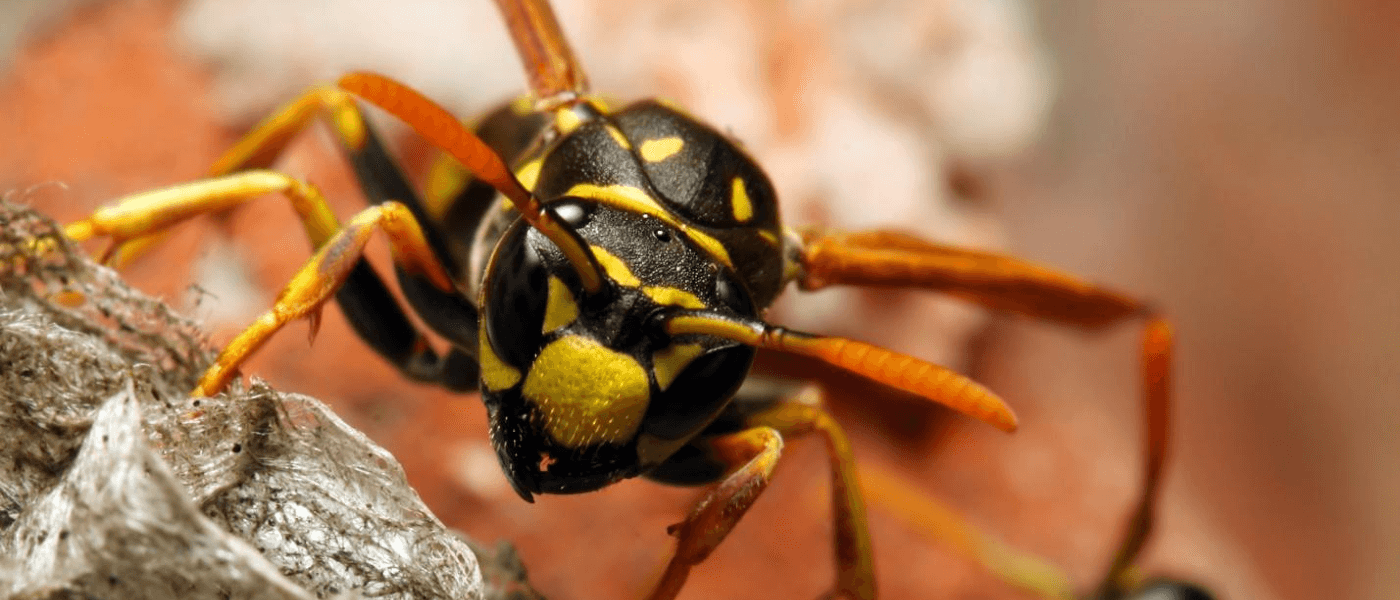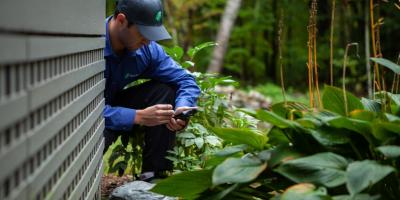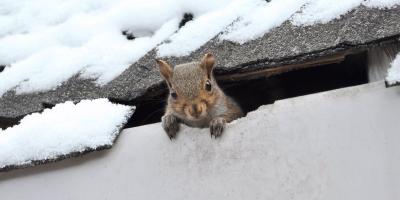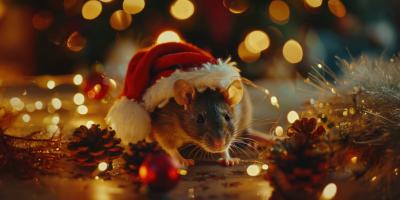How to Identify A Wasp Species by Its Nest

With temperatures rising as New England heads into summertime, pest populations are on the rise as well. One pest whose numbers will continue to climb as we head into the summer months is the wasp, which thrives in the summer heat.
Because some wasp species are particularly nasty, the whole class of insects gets a bad rap. But some wasps are completely harmless to humans. Cicada killers, for example, while lethal to cicadas (as their name would suggest) rarely bother humans at all.
Yellow jackets, on the other hand, can be extremely territorial. If you find yourself accidentally encroaching on their nest, you might get stung multiple times -- by individual wasps, no less, who can sting multiple times without dying. And yellow jacket stings are notoriously painful.
You Can Tell Wasps Apart by Their Nests
For most people, it can be challenging to tell one wasp from another just by getting a visual on the insect itself. Wasp species have defining characteristics, no doubt, but they fly fast and furious, and you really don’t want to risk getting too close.
Luckily, their nests can make it easier to distinguish whether you want them removed or if it’s safe to let them live out their days in peace… that is, if you know how to match species-to-abode.
Friend or Foe? Know Which Wasp is Which
In New England, there are four species of wasps whose nests you’ll want to know how to distinguish, should you encounter one on your property:
Yellow jackets -- Even their name makes them sound like a dangerous group; many entomologists claim that yellow jackets are even the most dangerous stinging insect in the US. They are wild, unpredictable, and will usually sting if their well-hidden nests are disturbed. They build nests in all sorts of out-of-the-way places: underground, inside a dense bush or deep inside a wall or a building. If you see the wasps leaving and entering the nest in a straight line, there is a good chance that they are yellow jackets.
Paper wasps -- Like yellow jackets, paper wasps build nests out of chewed-up wood fragments, but their umbrella-shaped creations are more likely to be found in protected locations, such as under eaves or gutters or in attics, barns or sheds. Porch lights, barbecue grills and mailboxes are also popular nesting spots for paper wasps, which generally don’t sting unless their nests are disturbed. Keep in mind: even though they aren’t as aggressive as yellow jackets, their sting is infamously more painful, described similarly to if a “single drop of superheated frying oil landed on your arm” by famous entomologist Justin Schmidt when creating Schmidt’s Pain Index in 1973.
Bald-faced hornets -- More dangerous and aggressive than paper wasps but not quite as out-of-control as yellow jackets, bald-faced hornets make big, bloated nests that are usually shaped like an American football. They might attach their nests to a tree branch, a bush or even the side of a building, often concealed among branches and leaves. They can become extremely aggressive if disturbed.
Cicada killers – While definitely the most menacing-looking, these wasps are almost always harmless (to humans, anyway!). They nest underground in sandy areas, typically near large, well-sunned trees where their prey – cicadas – are found aplenty. Rather than a traditional, stereotypical nest, cicada killers burrow tunnels into the ground, leaving a distinct U-shaped collar of loose soil around the openings. Of all the species of wasp you might encounter, cicada killers should worry you the least (unless, of course, you’re a cicada!)
Honeybees -- No, they’re not a species of wasp, but it’s good to be able to distinguish their nests from wasp nests, especially since honeybees are so beneficial and, whenever possible, should be left undisturbed. Honeybees tend to build their familiar honeycomb-structured hives in hollow trees, hive boxes or in other man-made structures -- never underground.
We’re Here to Help
If, however, after all of that you’re still in doubt, our board-certified staff entomologist Dr. Gary is here to help. Dr. Gary is always happy to help identify a pest.
Even better, our service professionals live and work all across New England. They’re able to not just identify, but also safely treat wasp nests and prevent them from returning.
Regardless of the stinging species, we’re here to help. Contact us today for a free quote, and we’ll take it from there.



